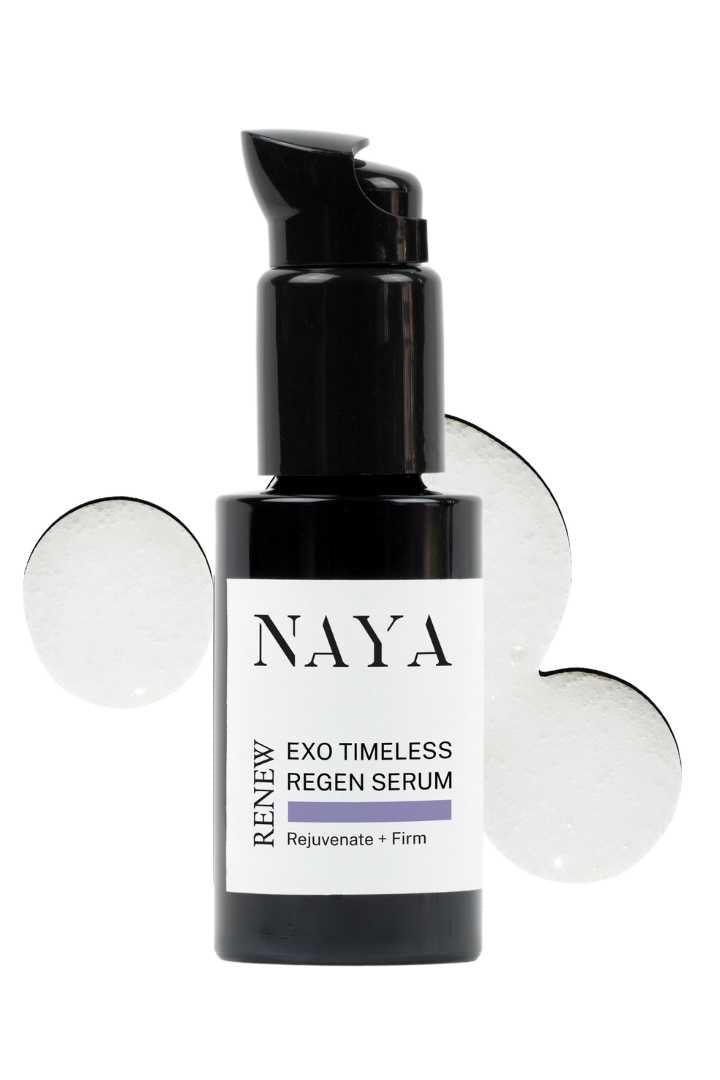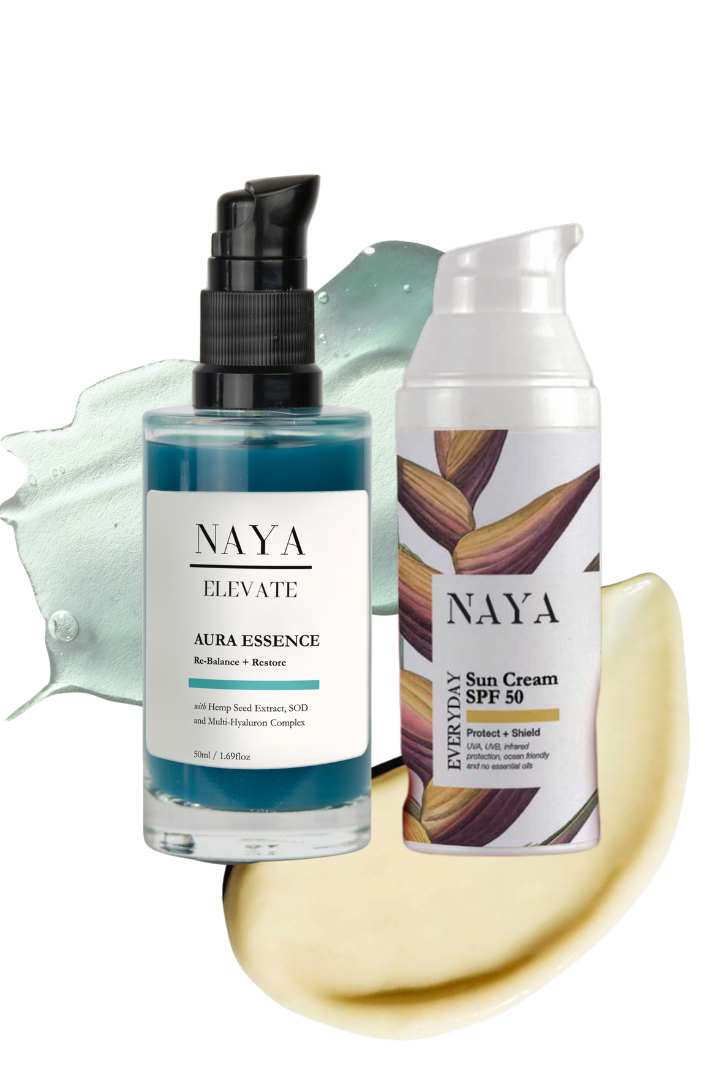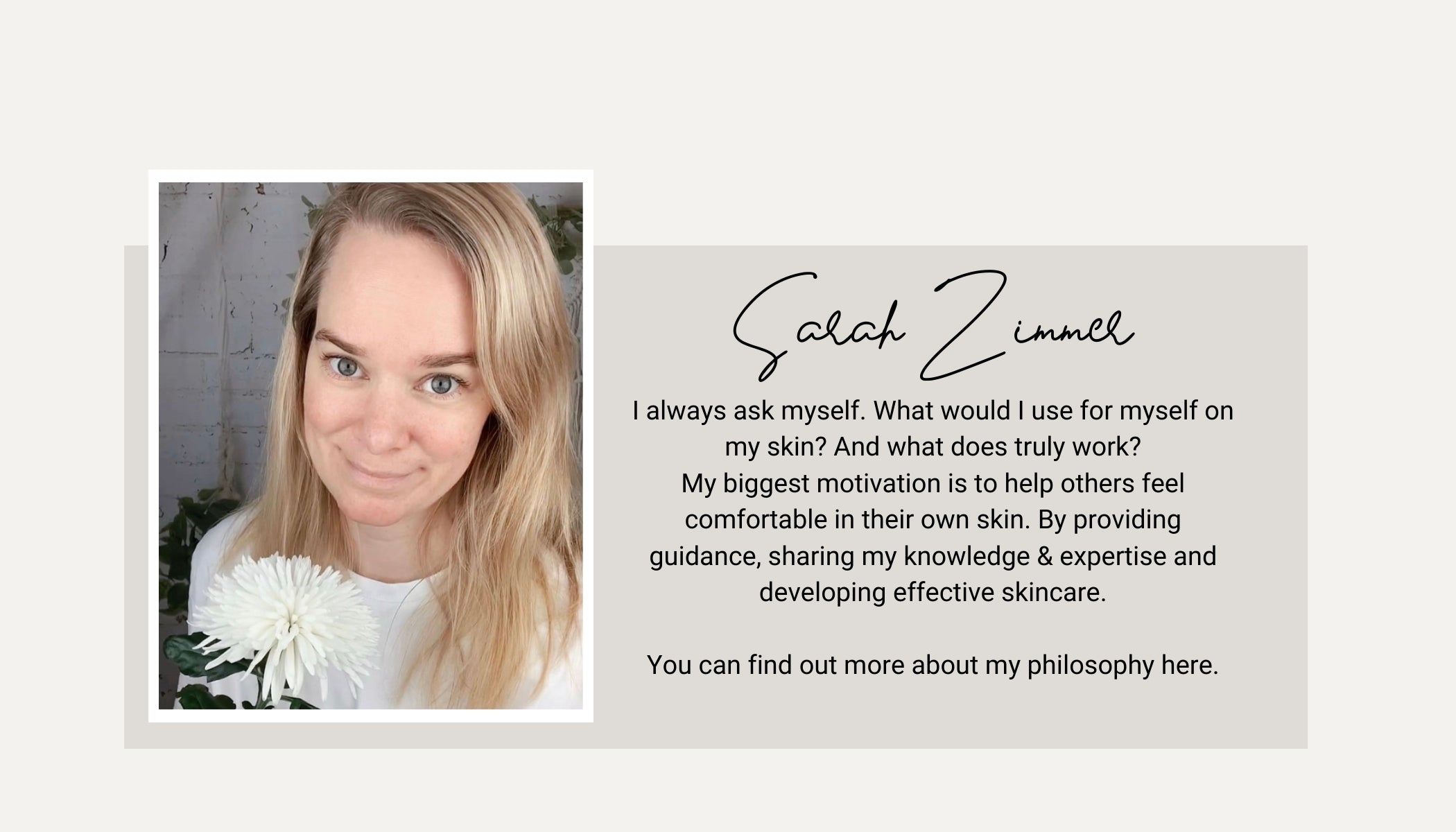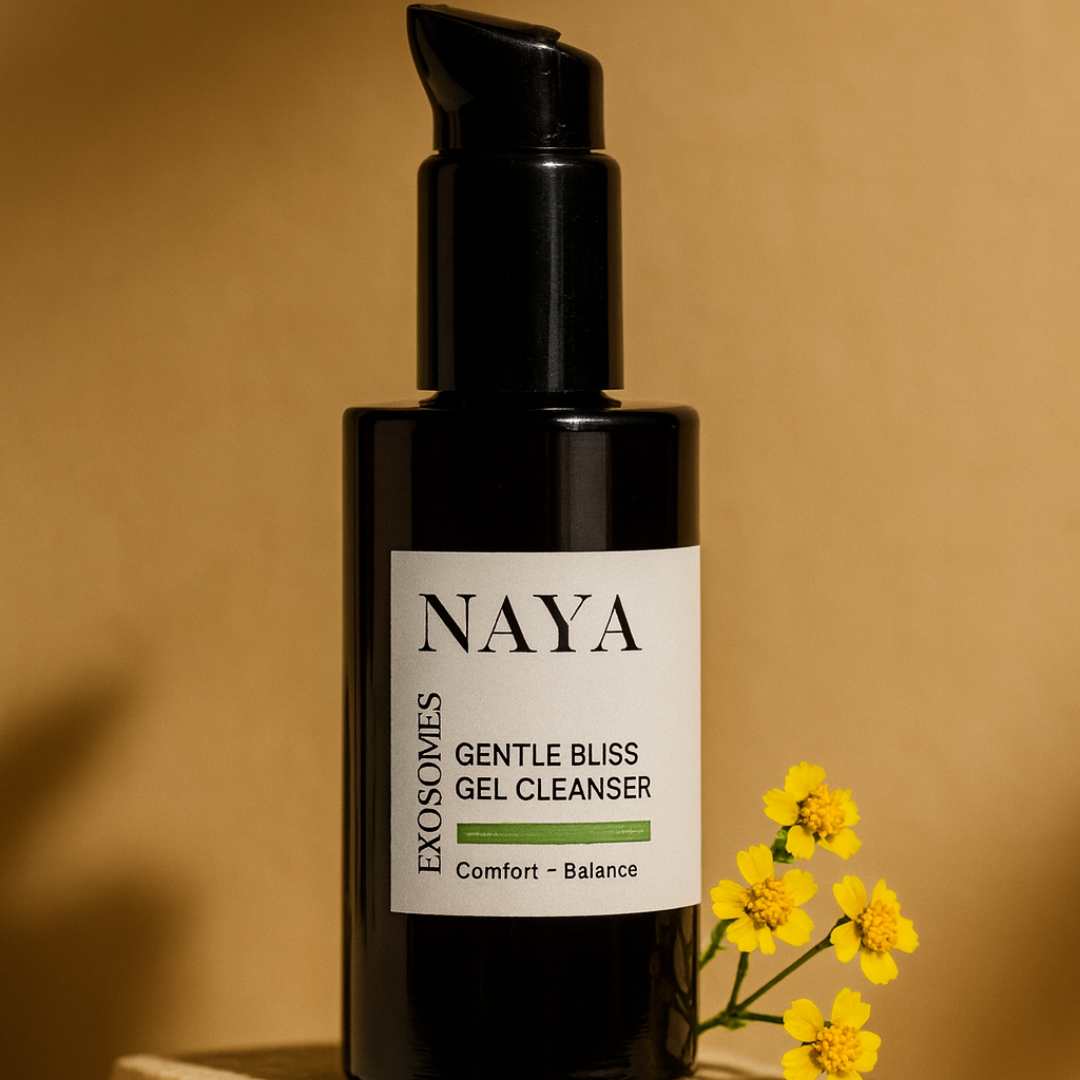Re-emergence of Mushrooms
Re-emergence of Mushrooms
Over the last two years, mycelium has become increasingly popular. People may make three-dimensional structures out of the material, as well as leather equivalents, by using the thread-like hyphae of fungus.
Sebastian Cox has collaborated with biomaterials designer Ninela Ivanova to include fungus into his furniture. Fomes fomentarius, sometimes known as hoof fungus, is a type of fungus with good wood-penetrating abilities. He uses the mycelium to inoculate wood chips, while many others employ the fungus' fruiting bodies, which have a leather-like feel. This has been going on for centuries all across the world, particularly in places like Transylvania. However, the use of these fungi in modern furniture and apparel is on the rise again.
Mari Koppanen, a furniture designer from Finland, upholsters a rotund stool and a matching seat with hoof fungus, employing traditional techniques from central Romania. The Fomes collection is called after the Fomes fomentarius plant from which it is manufactured. The mushroom's wooden legs are crafted from the same birch trees as the mushroom. The furniture is made of sheets of amadou, a suede-like material obtained from the fungus's fruit. This material is totally biodegradable, cruelty-free, and natural, and does not require any hazardous processing. To make use of the fungus, Koppanen learned how to work with amadou and spent a week with some of the families who have been doing so since the 19th century in the eastern Transylvanian village of Corund.
The procedure begins with the removal of the fungus's hard, crusty outer covering with a sharp sickle. The inside is spongey and can be trimmed and stretched to fit your needs. Finally, it's flattened by hand and let to dry.
Amadou has also been employed by Koppanen in a variety of contemporary design pieces, such as purses and vests.
Last year, the New York Times named mushrooms as "Fall's hottest trend."
But why? Mycelium is the underground root structure of mushrooms, a bio-contributing material that offers a safe, sustainable and totally home-compostable alternative. It's no wonder that designers such as Stella McCartney and Hermes are now as well beginning to use this material as a sustainable alternative to leather.
Since the 1840s, craftsmen have been employing Fomes fomentarius to make fashionable alpine-style hats and other accessories.
It's also just one of the many reasons why we used mushrooms to create the new packaging for the Essential Kit.

Image seen at dezeen.com - Furniture by Mari Koppanen













Leave a comment